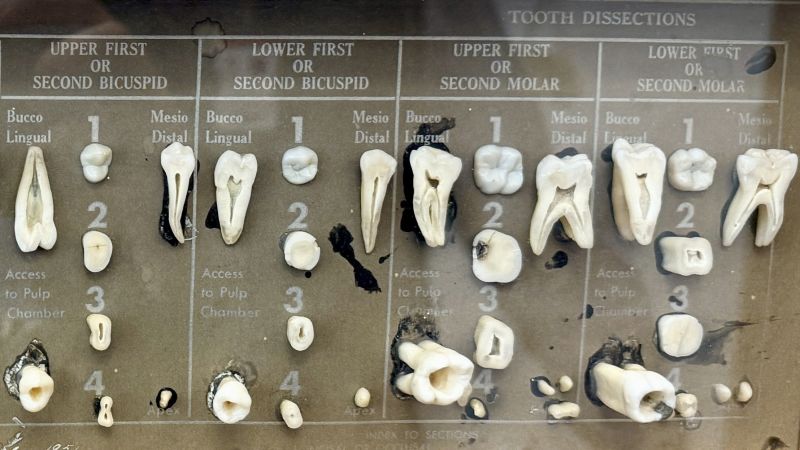In recent developments, Utah has become the first state in the United States to ban community water fluoridation, sparking a discussion around public health, individual choice, and dental care accessibility. For decades, Salt Lake County, along with areas like Davis County and Brigham City, have supported fluoridating public water as a measure to prevent tooth decay. This initiative has proven effective — pediatric dentist Dr. Darren Chamberlain noted that he could often tell if a new patient came from a fluoridated community by the presence or absence of cavities. However, this public health measure has now faced a significant shift under recent legislation.
The controversial law, which took effect recently, has raised concerns amongst dental professionals and public health advocates. Experts fear that banning fluoridation will lead to an uptick in oral health issues, particularly for vulnerable populations such as young children from low-income households. Fluoride, a mineral known for its capacity to combat tooth decay by reinforcing enamel, has played a crucial role in oral health since its introduction to public water systems in the United States in 1945.
The push to ban fluoride was spearheaded by Republican Rep. Stephanie Gricius, who argued that fluoride should be a matter of individual choice. During legislative discussions, concerns were also raised regarding cost implications and emerging research suggesting high fluoride levels might adversely impact brain development in children. This change is aligned with a growing national skepticism toward fluoride, exemplified by remarks from prominent figures such as Robert F. Kennedy Jr., who advocates against its use.
While fluoride proponents argue that the introductions of fluoridated water have significantly decreased cavity rates, anti-fluoride sentiments have grown. Kennedy’s statements during his visit to Utah emphasized individual freedom over government mandates, stating, “It is one of the bedrock principles of our democracy.” Following Utah’s lead, states like Florida have also started considering similar legislation, indicating a potential shift in national public health strategies.
Despite the ban, public health advocates insist that the concentrations of fluoride used in water systems are well within safe limits and highlight the potential risks of discontinuation. Research has demonstrated that cities after ceasing fluoridation often experience increased dental decay, as evidenced by studies in Alaska and Canada. Consequently, health officials in Utah are keen on launching outreach programs that provide alternative solutions for achieving the benefits of fluoride.
The Utah Department of Health & Human Services has rolled out guidance urging residents to seek professional advice on fluoride supplements for themselves or their children. The agency encourages regular dental visits and healthy oral hygiene behaviors, akin to initiatives launched by the Utah Oral Health Coalition. Their campaign, titled “My Smile Matters,” aims to inform the populace about maintaining dental health without public water fluoridation.
The ramifications of this legislative change might take years to manifest. Experts have expressed concern that parental compliance with supplement routines is typically inconsistent, potentially leaving many at risk for dental issues. Additionally, there is apprehension that newly eligible pharmacists may not have adequate training or experience to prescribe fluoride correctly, which could result in over-prescribing or misuse.
Though advocates for public water fluoridation have found themselves on the defensive since the law’s passing, they are increasingly focused on community education and awareness. Agencies like the Utah Dental Association are gathering data to inform the public about local fluoride levels and the importance of appropriate dosing, ensuring that community health remains a priority.
Utah’s ban on fluoride has ignited a complex dialogue on public health policies, individual choice, and preventive measures in dental care, raising questions about the future of public health practices across the nation. As communities navigate this transition, the long-term implications, particularly for those least equipped to adjust to this significant change, remain to be seen.



